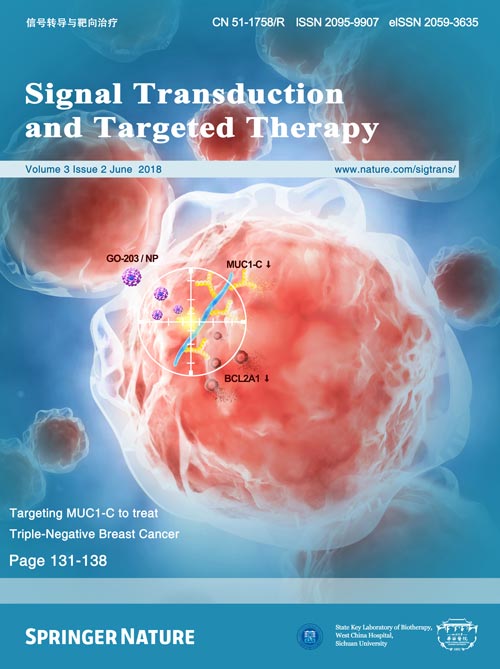Volume 3 Issue 2, Jun 2018:
Brief Communication
Patient-derived orthotopic xenograft models for cancer of unknown primary precisely distinguish chemotherapy, and tumor-targeting S. typhimurium A1-R is superior to first-line chemotherapy
Kentaro Miyake
ORCID: orcid.org/0000-0002-4680-4317,Tasuku Kiyuna,Masuyo Miyake,Kei Kawaguchi,Sang Nam Yoon,Zhiying Zhang,Kentaro Igarashi,Sahar Razmjooei,Sintawat Wangsiricharoen,Takashi Murakami,Yunfeng Li,Scott D. Nelson,Tara A. Russell,Arun S. Singh,Yukihiko Hiroshima,Masashi Momiyama,Ryusei Matsuyama,Takashi Chishima,Shree Ram Singh
ORCID: orcid.org/0000-0001-6545-583X,Itaru Endo,Fritz C. Eilber &…Robert M. Hoffman
Cancer of unknown primary (CUP) is a recalcitrant disease with poor prognosis because it lacks standard first-line therapy. CUP consists of diverse malignancy groups, making personalized precision therapy essential. The present study aimed to identify an effective therapy for a CUP patient using a patient-derived orthotopic xenograft (PDOX) model. This paper reports the usefulness of the PDOX model to precisely identify effective and ineffective chemotherapy and to compare the efficacy of S. typhimurium A1-R with first-line chemotherapy using the CUP PDOX model. The present study is the first to use a CUP PDOX model, which was able to precisely distinguish the chemotherapeutic course. We found that a carboplatinum (CAR)-based regimen was effective for this CUP patient. We also demonstrated that S. typhimurium A1-R was more effective against the CUP tumor than first-line chemotherapy. Our results indicate that S. typhimurium A1-R has clinical potential for CUP, a resistant disease that requires effective therapy.
